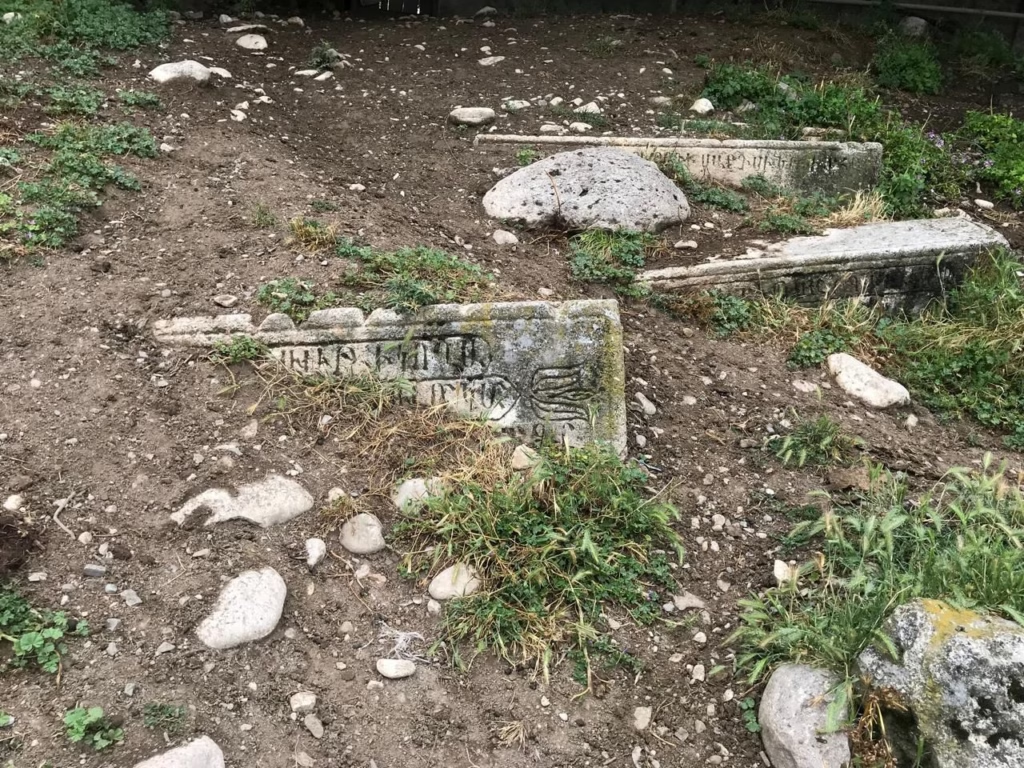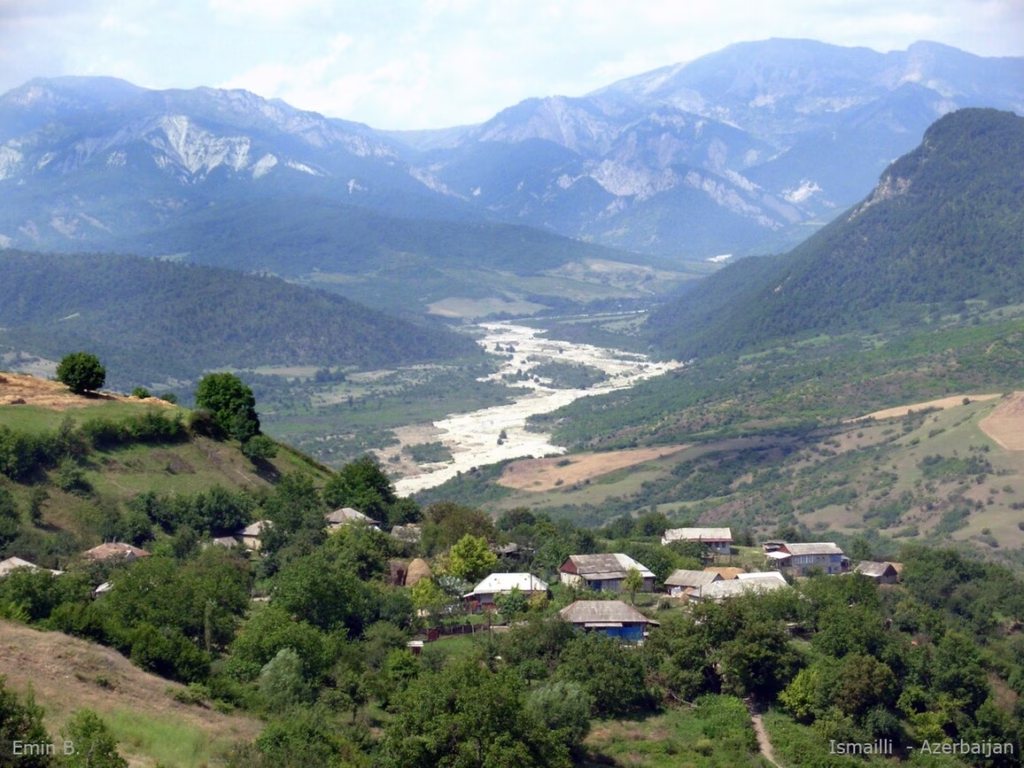Azerbaijan’s rich cultural and historical heritage continues to unfold with groundbreaking archaeological discoveries. A recent expedition led by Professor Mahabbat Pashayeva, Doctor of Historical Sciences at the Institute of Archaeology and Anthropology of the Azerbaijan National Academy of Sciences, has uncovered significant traces of ancient Caucasian Albanian civilization in the Ismayilli region.
Silent Witnesses of History: Alban Traces in Ismayilli Villages
The research focused on the villages of Galagah, Veng, Hapit, Ganza, Tubukand, Galajig, Goshakend, Mollaisakli, Hajihatemli, and Basgal. Archaeologists documented cemeteries, cross-stones, temple remains, and household artifacts that are believed to be linked to the ancient Caucasian Albanian culture.
“The Ismayilli region was densely populated by Albanian tribes and holds lasting cultural imprints,” the Institute stated. Particularly in the villages of Galagah and Goshakend, Christian symbols, pilgrimage sites, and architectural structures shed new light on the religious and ethnic fabric of Caucasian Albania.

Living Heritage: Cultural Memory Preserved Through Generations
In Hapit and Galajig, the discovery of early grave constructions and temple foundations points to a multi-layered ethno-cultural history. Local traditions, place names, and ceremonial customs still observed in the region support the theory of a continuous cultural and genetic link to the ancient Albanian population.
Professor Pashayeva confirmed that the documentation phase of the research has been completed, and the analysis and systematization of the collected data are currently underway. Final findings will be published in forthcoming academic articles.

Contributing to Azerbaijan’s Historical Identity
This discovery is not only a scientific milestone but also a crucial step toward preserving Azerbaijan’s national heritage. The findings are expected to reshape the anthropological map of Caucasian Albania and provide a deeper understanding of Azerbaijan’s role in the ethnogenesis of the Caucasus.
The Ismayilli expedition marks a significant advancement in unveiling the historical legacy of Azerbaijan, helping to bridge the past and the present through scientific inquiry and cultural preservation.
Cover Image Credit: Azernews




